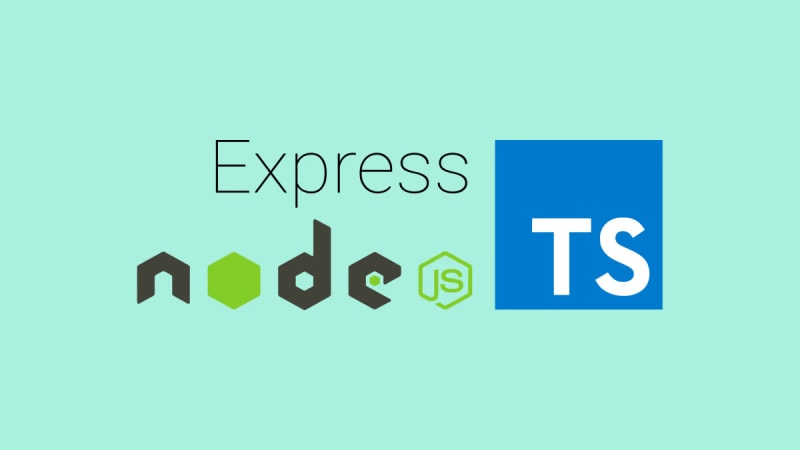Node js stands tall as a preferred powerhouse for backend development, celebrated for its efficiency and ability to scale. Pairing TypeScript with Node.js elevates this pairing to a whole new level, introducing robust typing, superior tooling and improved code maintainability. This blog serves as your comprehensive handbook on mastering TypeScript in the realm of Node.js backend development. It delves into best practices, essential concepts and real-world examples, offering a guided journey toward harnessing the full potential of TypeScript in Node.js.
What Is TypeScript
Basic Types:
- number: Represents both integers and floating-point numbers.
- string: Denotes textual data.
- boolean: Represents a logical value, either true or false.
- null and undefined: Types to represent absence of value.
- void: Indicates the absence of any type.
Arrays:
- Array: Represents an array containing elements of a specific type.
Objects:
- object: Represents any JavaScript object type.
- any: Denotes a dynamic or untyped value, allowing any operations on it.
- unknown: Similar to any, but safer as it requires explicit type assertion before usage.
Function Types:
- function: Specifies the type of a function.
- (): returnType: Defines the expected function signature and return type.
Custom Types:
- Interfaces: Define the structure of an object, allowing the creation of named types.
- Type Aliases: Create custom names for types, improving code readability.
- Enums: Define a set of named constants, providing more descriptive values.
Example Usage of TypeScript Types:
// Interface example
interface User {
id: number;
name: string;
email: string;
}
// Type alias example
type Product = {
id: number;
name: string;
price: number;
};
// Function with type annotations
function calculateTotal(price: number, quantity: number): number {
return price * quantity;
}
// Using types in variables
let userId: number = 123;
let userName: string = "John Doe";
let isActive: boolean = true;
By leveraging these types, developers can ensure better code quality, minimize bugs and enhance the maintainability of their applications, especially in larger codebases and team collaborations.
Getting Started With TypeScript In Nodejs
Difference Between JS And TS
JavaScript
- Dynamic Typing: JavaScript’s dynamic typing enables variables to accommodate various value types during program execution. This flexibility lacks strict type enforcement, potentially resulting in unpredictable behaviour or errors within the code.
- Weak Typing: JavaScript exhibits weak typing, characterized by its tendency to perform implicit type conversions. This behaviour can occasionally yield unexpected or surprising outcomes in certain scenarios.
- No Static Typing: JavaScript’s absence of static typing poses a challenge in identifying type-related errors during development. Issues arising from incorrect types might only manifest at runtime.
- Flexibility and Simplicity: JavaScript’s loose typing and dynamic behaviour offer flexibility, fostering rapid prototyping and swift development.
- Less Tooling Support: Because of its dynamic nature, JavaScript may exhibit fewer features related to code analysis, refactoring and error checking in various editors and IDEs.
TypeScript
- Static Typing: TypeScript introduces static typing, empowering developers to explicitly define types for variables, functions and more. This proactive approach aids in identifying type-related errors during development, thereby reducing runtime issues.
- Strong Typing: Employing a robust type system, TypeScript ensures enhanced type safety by prohibiting implicit type conversions.
- Optional Static Typing: TypeScript grants developers the flexibility to opt for static types, allowing for a gradual transition within existing JavaScript projects.
- Improved Tooling Support: With its advanced type system, TypeScript enhances tooling capabilities in various IDEs and editors, delivering features like code completion, efficient refactoring tools and improved error detection.
- Compatibility with JavaScript: As a superset of JavaScript, TypeScript maintains compatibility, accepting all valid JavaScript code seamlessly. This versatility allows for effortless integration with existing JavaScript libraries and frameworks.
Summary
JavaScript is a dynamically typed, weakly typed language known for its flexibility and simplicity. It lacks static typing and strict type checking during development, potentially leading to runtime errors related to type mismatches.
TypeScript, on the other hand, introduces static typing, providing a robust type system that catches errors at compile-time, enhancing code maintainability and reducing the likelihood of runtime errors.
Benefits Of TypeScript’s Type System
Explore a Benefit of TypeScript
Conclusion
Mastering TypeScript for backend development in Node.js enhances code quality, maintainability and developer productivity. By following best practices, leveraging strong typing and utilizing TypeScript’s features effectively, you can build robust and scalable backend applications with confidence.




Top comments (1)
Best Easy and Simple Word explain🚀